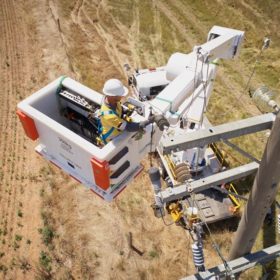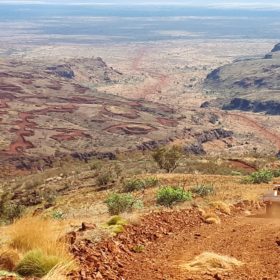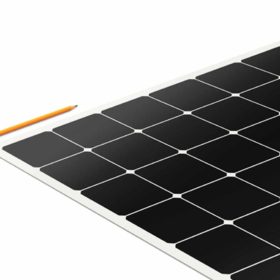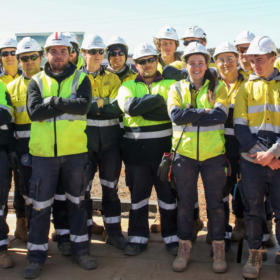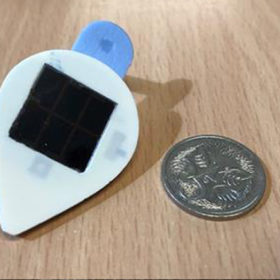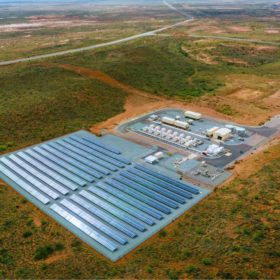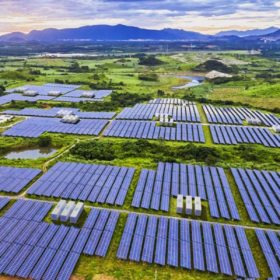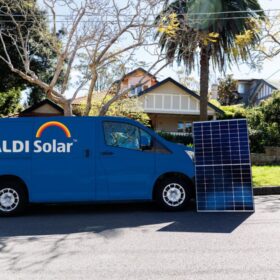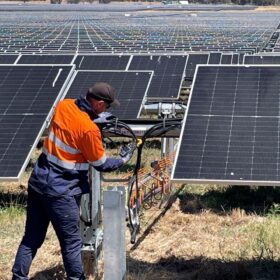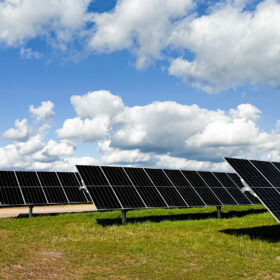Spark welcomes takeover talks as buyout bid reaches $5.2 billion
Australian electricity network owner Spark Infrastructure looks set to be sold off after it declared it will welcome other acquisition proposals if a $5.2 billion takeover bid launched by a North American investment consortium fails.
NRW gets nod to build Rio Tinto solar+storage project
Mining giant Rio Tinto has tapped NRW Holdings to begin construction of a large-scale solar PV and battery energy storage system at the Anglo-Australian multinational’s $2.6 billion Gudai-Darri iron ore mine in Western Australia.
Solar manufacturers warn of 12-18 months disruption for standalone products
Potential price rises of 14% for the solar home systems that are driving access to electricity in the world’s under-served regions could signal further arrested progress towards the UN goal of universal access by 2030.
‘Stick-on’ solar panels in France secure EU funding
The TotalEnergies-controlled solar manufacturer will secure an, as yet undetermined chunk of a new €118.6 million low-carbon innovation fund to start producing its frameless, glass-free solar roofing products at Porcelette, in northeastern France.
Aussie startup invents breakthrough non-toxic battery electrolyte that’s cheaper ‘by factor of 100’
It’s a breakthrough so staggeringly simple the patent office needed convincing it counted as an invention. In what Professor Thomas Nann jokingly told pv magazine Australia basically equates to adding dishwashing liquid and oil to water, he and two of his former PhD students have unlocked the potential of water-based electrolytes for batteries, promising a solution that is cheaper, easier to manufacture and non-toxic. The startup plans to initially use the formula in supercapacitors before exploring it in conjunction with redox flow batteries.
Queensland approves $23 million renewable energy training facility
The Queensland government has approved a new “state-of-the-art” renewable energy skills centre in Brisbane, which will provide training to prospective and current electrical workers to enter clean energy industries.
Why insurers are adjusting underwriting criteria for renewable assets
It’s no secret that extreme weather events are increasing, both in terms of severity and frequency. Australia is no exception. Despite historically seeing a relatively low occurrence of natural catastrophes, over the past 24 months the country has experienced cyclones, bushfires, large hail storms and numerous flooding events. This includes the recent floods in March of this year, in which New South Wales and parts of Queensland saw the worst flooding the region has experienced for six decades. Recent estimates predict the flooding to have caused between AU$919 million and AU$1.055 billion* in insured losses.
Coin-sized solar panels to protect koalas from bushfires
Solar panels the size of five cent pieces will be used to locate koalas and protect them from incoming bushfires as well as to care for the threatened species as their habitat regenerates.
Bushfire affected and rural Indigenous communities among 20 projects funded to explore microgrid solutions
The federal government has allocated $25.6 million to support 20 microgrid feasibility studies, including in communities affected by the Black Summer bushfires, which left regions without power for weeks.
How EnergyTag plans to revamp the renewable energy certificate market with hourly timestamps
EnergyTag is an independent, non-profit, industry-led initiative that aims to accelerate the shift to carbon-free energy by defining and building a market for time-stamped renewable energy certificates. Already, corporate giants like Google and Amazon are onboard via their participation in demonstration projects in Europe and the U.S. As part of the UP Initiative’s Q3 theme on sustainable electricity supply, founder Toby Ferenczi spoke to pv magazine about the idea behind EnergyTag and how he aims to revamp the electricity market.
